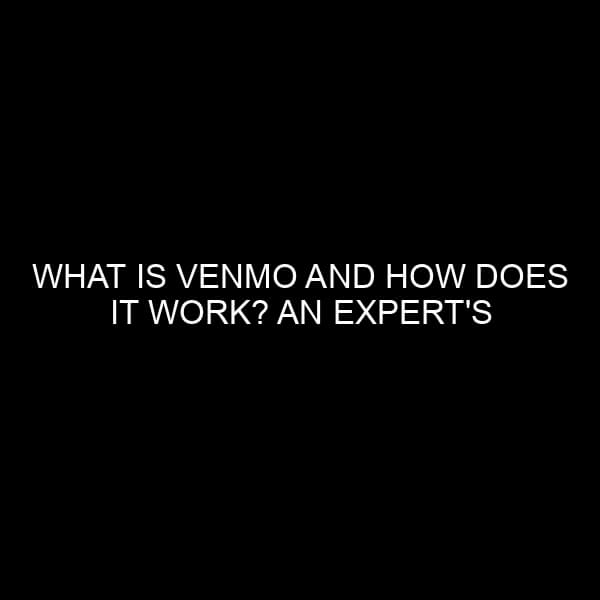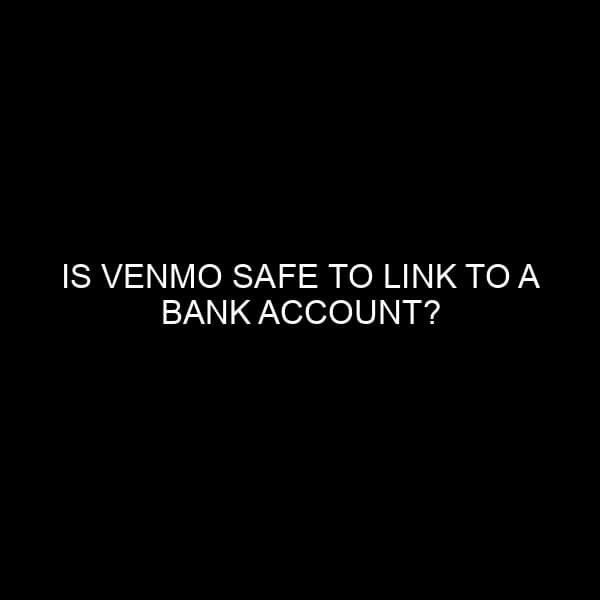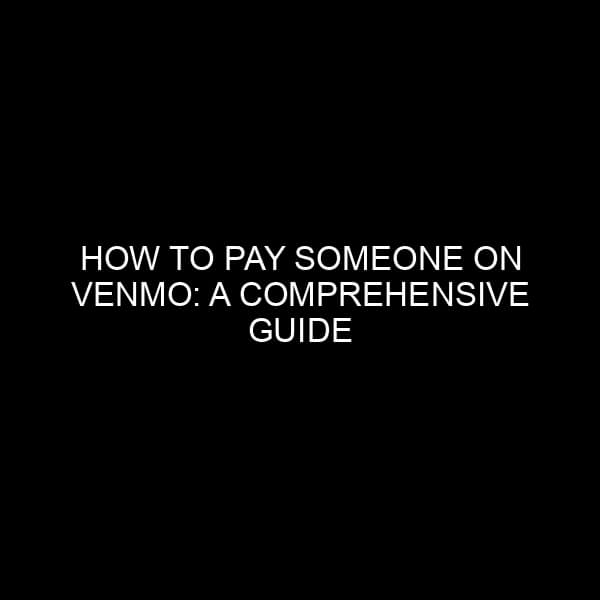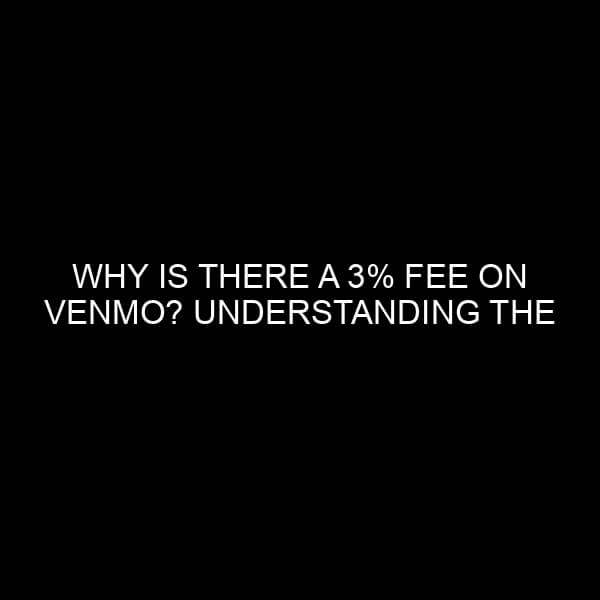What is Venmo and How Does It Work? An Expert’s Deep Dive
In today’s digital age, the way we manage and transfer money is undergoing a revolutionary change. With an ever-growing list of financial tools and applications available at our fingertips, making payments, splitting bills, or even sending money to a loved one has never been easier. One application that has gained significant popularity in this sphere is Venmo. In this article, we will unravel the layers of Venmo – from its inception to its functioning, and how it has transformed the digital payment landscape.
Introduction to Venmo
Venmo, owned by PayPal, is a mobile payment service that allows users to send and receive money with ease. Founded by Iqram Magdon-Ismail and Andrew Kortina in 2009, it was originally designed to help friends split bills. Over time, however, it has evolved into a full-fledged peer-to-peer (P2P) payment platform. With its integration of social media elements, Venmo distinguishes itself from many other payment platforms in the market.
How Does Venmo Work?
1. Setting up an account
To start using Venmo, users need to create an account. This involves downloading the Venmo app, signing up with a valid email address, and linking a bank account or credit card. Once done, you’re ready to use Venmo for sending and receiving money.
2. Sending and Receiving Payments
After account setup, users can send money by choosing a recipient from their Venmo contacts, entering the payment amount, adding a note or description, and tapping ‘send.’ Similarly, when someone sends you money via Venmo, it appears in your Venmo balance.
3. Social Feed
One of Venmo’s unique features is its social feed. Every transaction can be shared (the amount remains private) on this feed, which resembles a social media timeline. Users can ‘like’ or ‘comment’ on these transaction notes, adding a fun, social aspect to money transfers.
4. Venmo Balance and Cash Out
When you receive money, it’s added to your Venmo balance. You can either keep this balance for future payments or ‘cash out’ to transfer it to your linked bank account.
5. Venmo Card and QR Code Payments
Venmo also offers a physical debit card, which can be used anywhere Mastercard is accepted. Moreover, with the introduction of QR codes, users can scan to pay at various merchants, bridging the gap between online and offline payments.
Safety and Security on Venmo
As with any financial platform, security is paramount. Venmo employs multiple layers of security, including encryption and account alerts. Furthermore, users can set up a PIN for added protection.
However, it’s essential to be cautious. Users should only send money to individuals they trust and be wary of potential scams. Sharing transaction details publicly might not be everyone’s preference, so understanding privacy settings is crucial.
Venmo’s Impact on the Financial Landscape
In the banking and financial market, Venmo has become a formidable player. Traditional banks are taking cues from such platforms to evolve their digital offerings. As someone with a background in the financial market, I’ve seen Venmo:
1. Enhance Peer-to-Peer Payments
Before Venmo, P2P payments were often tedious. Venmo has made it seamless, instant, and even enjoyable, reshaping how we view these transactions.
2. Influence Banking Systems
Banks have started to recognize the benefits of simplified payment solutions and are either partnering with platforms like Venmo or launching their own P2P services.
3. Drive the Shift towards Cashless Transactions
The convenience offered by Venmo encourages users to opt for digital payments over cash, propelling us towards a more cashless society.
Conclusion
In the panorama of digital payments, Venmo stands out with its unique blend of financial and social functionalities. For users, it offers simplicity, convenience, and a touch of fun. For the banking and financial industry, it serves as a reminder of the vast potential of fintech and the direction in which the future of payments is headed.
In a world that’s constantly evolving, it’s platforms like Venmo that lead the charge, changing not just how we transact but also how we perceive money in the digital age.






